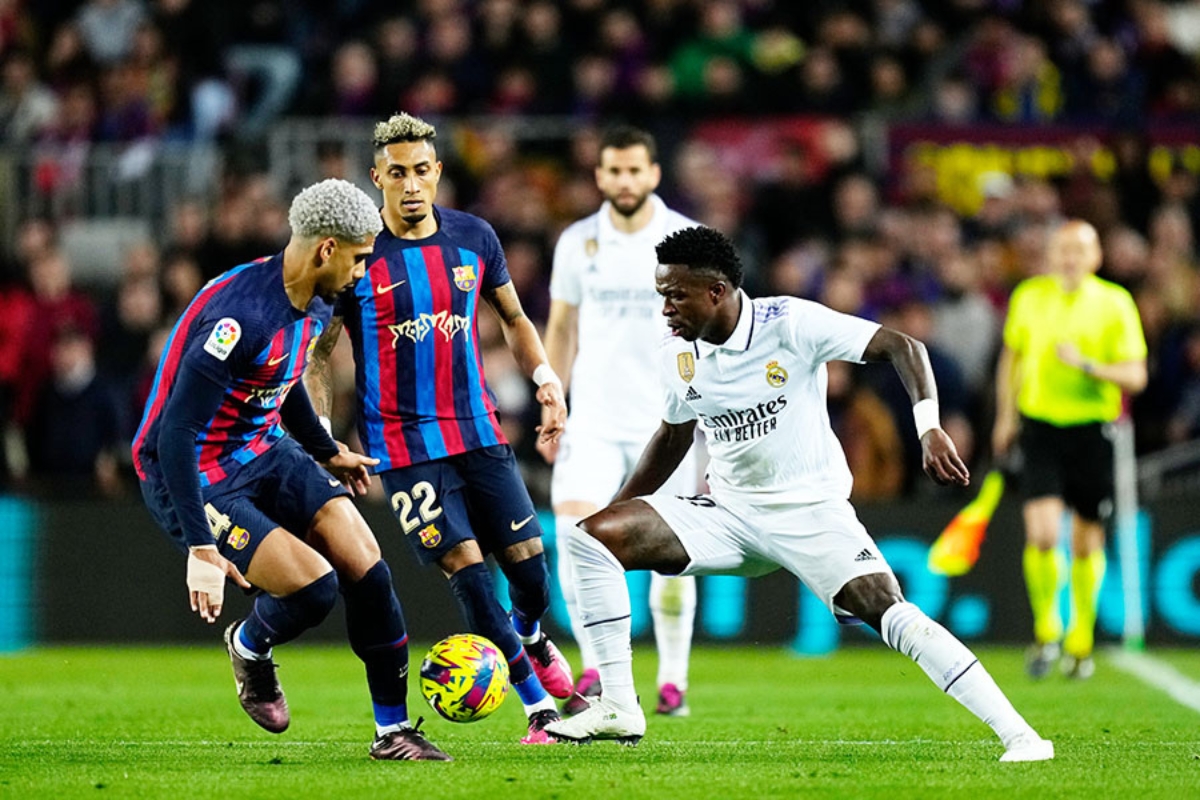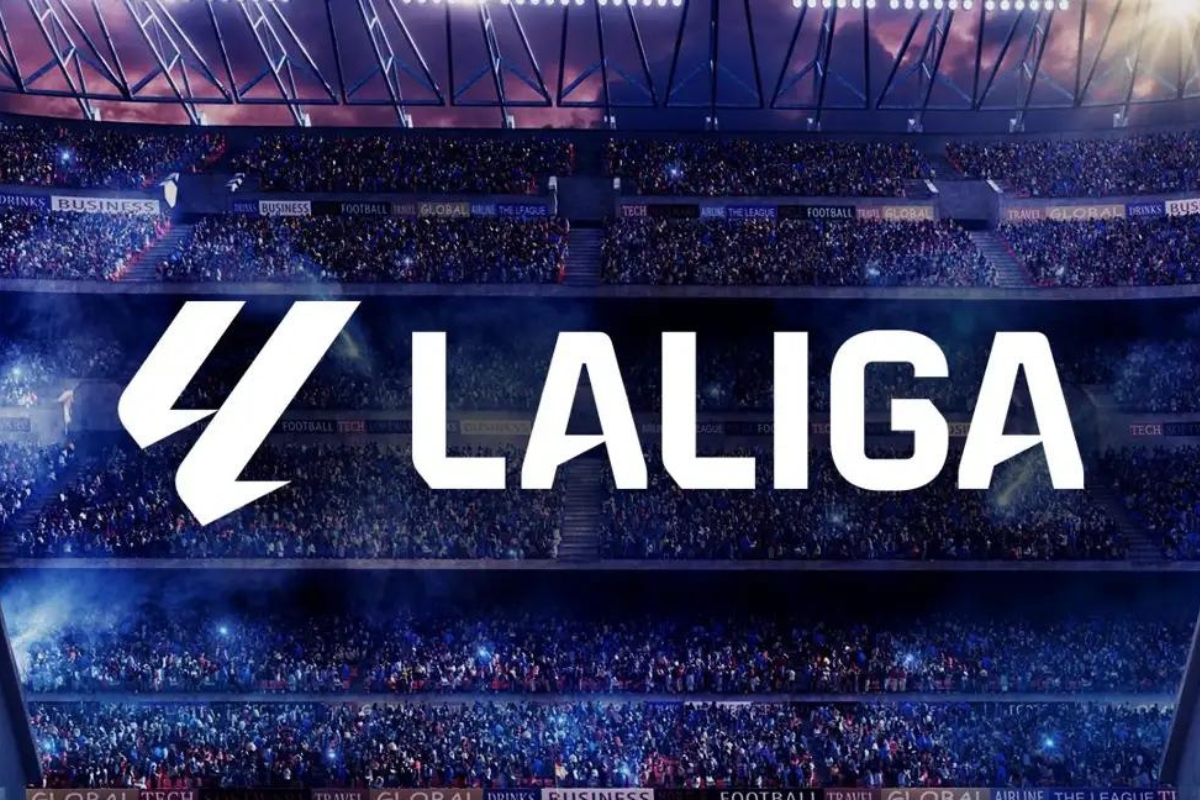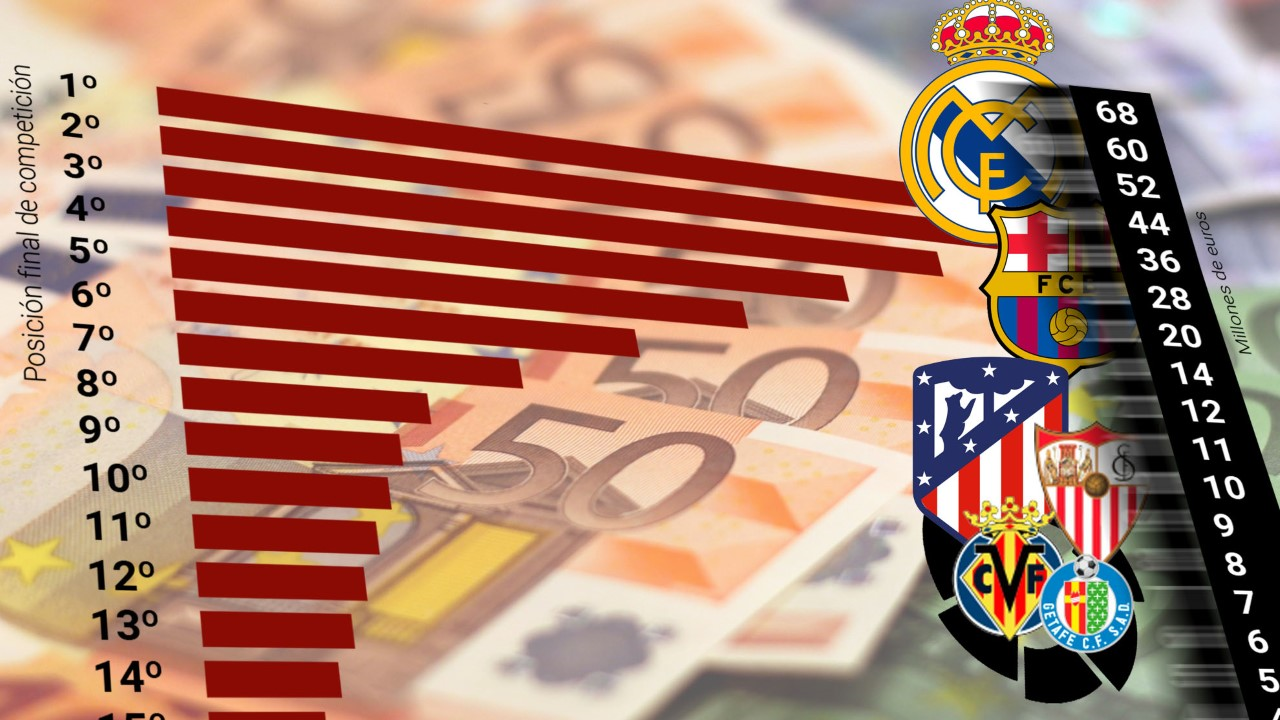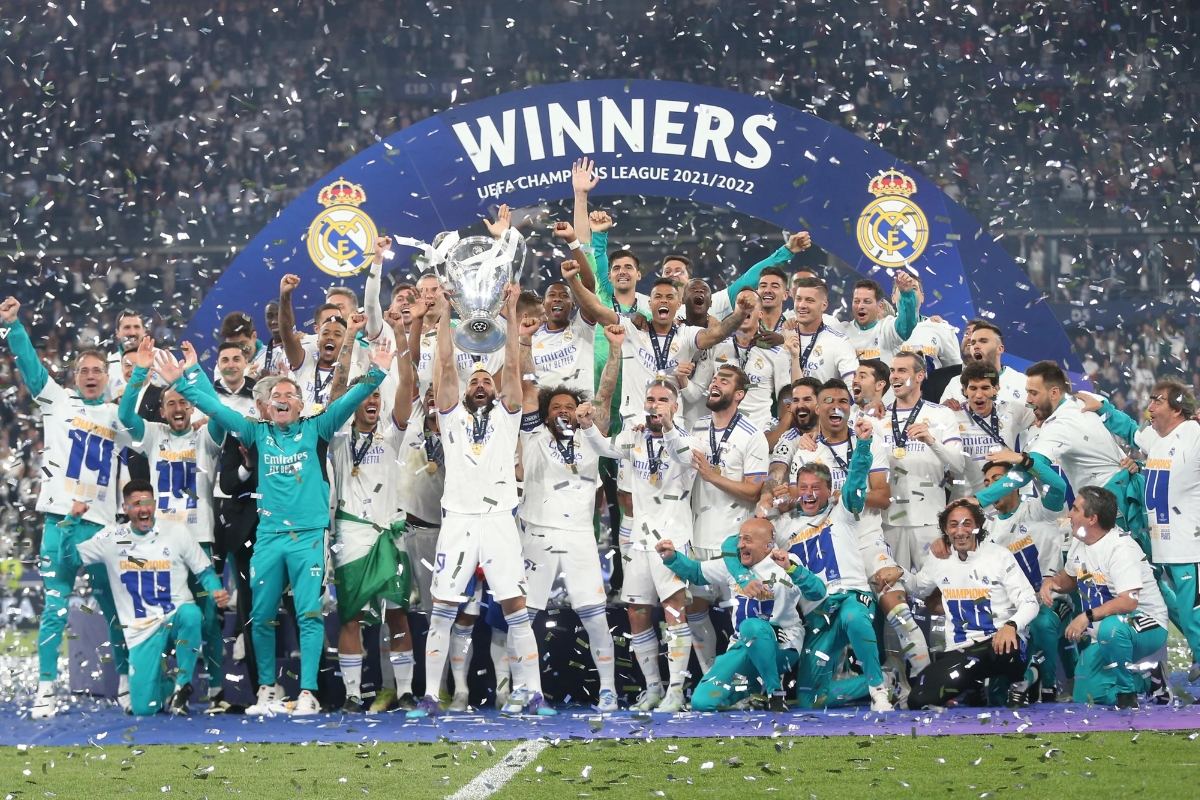
Soccer, or as we fondly call it, “fútbol,” holds a special place in the hearts of Spaniards. It’s more than just a sport; it’s a way of life, a cultural phenomenon that defines our identity. This article delves into the historical evolution of soccer in Spain, tracing its roots from its early beginnings to its current prominence. Join us on this journey as we explore how soccer became synonymous with Spanish culture.
Historical Evolution of Soccer in Spain
Early Beginnings
Soccer in Spain has a rich history that dates back to the late 19th and early 20th centuries. During this period, the sport began to take root in our country, and it owes much of its introduction to British expatriates who settled in Spain. These expats, primarily workers and engineers, brought with them the love for the game, and it didn’t take long for it to capture the imagination of the locals. Soccer clubs started to emerge across Spain, with enthusiasts forming teams and organizing matches. One of the defining moments during this era was the establishment of the Real Madrid Club de Fútbol in 1902, which laid the foundation for the growth of soccer in Spain.
The Civil War Era
The Spanish Civil War, a tumultuous period in our nation’s history, had a profound impact on soccer. During this time, soccer transcended its status as a mere sport and became a means of political expression and regional identity. Soccer clubs came to symbolize different regions and ideologies, and matches took on symbolic significance. For some, the sport offered a temporary escape from the harsh realities of war, while for others, it was a platform to showcase regional pride and differences. This period showcased the resilience of soccer as it navigated through the complexities of a divided Spain.
Post-war Era to Present
In the post-war era, soccer culture continued to thrive and evolve, defining Spain’s sporting landscape. Two clubs, FC Barcelona and Real Madrid, emerged as icons of Spanish soccer. Each of these clubs developed its unique identity and garnered fiercely loyal fan bases. The rivalry between them, famously known as “El Clásico,” became more than a sporting event; it became a cultural phenomenon that transcended the boundaries of the pitch.
Today, Spain’s La Liga stands as one of the world’s premier football leagues, attracting top talent from across the globe. The successes of our national team on the international stage, including the historic victory at the 2010 FIFA World Cup and multiple UEFA European Championship triumphs, have solidified Spain’s reputation as a soccer powerhouse. As we reflect on the historical evolution of soccer in Spain, it becomes evident that this sport is not just a pastime; it’s a way of life that reflects our passion, history, and identity. Soccer in Spain is a vibrant and integral part of our culture, inviting everyone to experience the beauty of “fútbol” in our nation.
Socio-political Significance
Regional Identity and Rivalries
Soccer in Spain transcends the boundaries of a mere sport; it holds significant socio-political implications, particularly in the context of regional identity and rivalries. One of the most iconic manifestations of this is the legendary clash known as “El Clásico” between FC Barcelona and Real Madrid. This rivalry goes beyond the realm of soccer and delves into the complex tapestry of regional identities in Spain. FC Barcelona represents Catalonia, a region with a distinct language and culture, while Real Madrid is deeply rooted in the Spanish capital, Madrid. These two clubs have come to symbolize more than just sporting excellence; they represent regional pride and sometimes even political ideologies. The fervor and passion surrounding El Clásico mirror the broader socio-political dynamics within Spain.
Soccer as a Political Platform
Throughout Spain’s history, soccer has often served as a powerful medium for political expression. During periods of political turmoil, clubs and players have not shied away from making statements or taking actions to align with specific political causes. Whether it’s through banners, chants, or symbolic gestures on the pitch, soccer has provided a platform for individuals and communities to voice their political opinions. This intersection of sport and politics has at times sparked controversy but has also demonstrated the influence and significance of soccer in Spain’s socio-political landscape. From advocating for regional autonomy to expressing dissent, soccer has been a conduit for political dialogue and activism in our nation.
Economic Impact
Club Revenues and Economic Contribution
The economic impact of soccer in Spain is not limited to the joy it brings to fans but extends to substantial financial contributions at both local and national levels. When we look at top soccer clubs like FC Barcelona and Real Madrid, we witness their impressive revenues, which are not just confined to the sporting world. These clubs are economic powerhouses that generate significant income through merchandise sales, sponsorship deals, and broadcasting rights. The revenue generated by these clubs doesn’t stay within their walls; it ripples through the local and national economies. Local businesses benefit from increased foot traffic on match days, while the Spanish economy as a whole receives a boost from the global popularity of La Liga. The economic implications of these clubs are far-reaching and underscore the vital role of soccer in Spain’s financial landscape.
Employment and Infrastructure
Soccer in Spain is not just about what happens on the pitch; it’s a catalyst for job creation and infrastructure development. The construction and maintenance of stadiums, training facilities, and other soccer-related infrastructure provide jobs and stimulate local economies. Matchdays bring thousands of fans to stadiums, creating employment opportunities in sectors such as hospitality, transportation, and retail. Additionally, the international appeal of La Liga attracts tourists, further bolstering Spain’s tourism industry. The economic benefits derived from soccer are not limited to the elite clubs; they trickle down to smaller clubs and communities, contributing to the overall prosperity of our nation. Soccer, therefore, plays a pivotal role in shaping Spain’s economic landscape, offering both direct and indirect benefits to our society.
Cultural Manifestations
Fan Culture and Ultras
Soccer in Spain isn’t just a sport; it’s a cultural phenomenon deeply intertwined with the fabric of our society. One of the most prominent cultural manifestations of soccer is the fan culture and the passionate supporters known as “ultras.” These dedicated fans go beyond cheering for their teams; they create an atmosphere that defines the essence of Spanish soccer. Whether it’s the vibrant chants, choreographed displays, or colorful banners, ultras play a crucial role in shaping the ambiance of matches. However, their impact goes beyond the stadium walls; ultras are often deeply engaged in community activities and social causes, showcasing the positive side of their dedication. They are a testament to the emotional connection between soccer and Spanish society.
Soccer in Art and Media
Soccer’s influence extends to various forms of art and media, where it finds expression in films, music, and visual arts. Spanish cinema, for instance, has produced iconic soccer-themed films like “Hermano” and “Campeones,” which explore the sport’s impact on individuals and communities. In the realm of music, songs like “Waka Waka” by Shakira and “Color Esperanza” by Diego Torres have become anthems of soccer events. Visual artists have also been inspired by soccer, with paintings and sculptures capturing the beauty and passion of the game. These artistic expressions serve as a testament to soccer’s role in shaping our culture and inspiring creativity.
Festivals and Traditions
Soccer has given rise to a myriad of festivals and traditions across various regions in Spain. From the exuberant celebrations of La Liga victories to local soccer-themed fiestas, the sport is an integral part of our cultural calendar. In regions like Valencia, the “Fallas” festival features soccer-themed sculptures that are set ablaze in a grand spectacle. In Andalusia, “La Tarasca” parade includes soccer motifs as a nod to the sport’s importance in the region. These festivals and traditions highlight the cultural significance of soccer and how it permeates every aspect of Spanish life. Soccer isn’t just a game; it’s a celebration of our identity and a source of cultural pride.
International Influence and Recognition
Spanish Clubs on the Global Stage
The influence and recognition of Spanish soccer extend far beyond our borders, with Spanish clubs making a significant impact on the global stage. Spanish giants like FC Barcelona, Real Madrid, and Atletico Madrid have consistently showcased their prowess in European competitions like the UEFA Champions League and the UEFA Europa League. Their successes in these prestigious tournaments have not only garnered international attention but have also solidified Spain’s reputation as a footballing powerhouse. The thrilling performances, iconic victories, and the skilled players have made La Liga one of the most-watched leagues worldwide. Spanish clubs’ international recognition is a testament to the exceptional talent and competitive spirit that defines Spanish soccer.
Spanish Players Abroad
Spanish players have left an indelible mark on international soccer, contributing their skills and passion to clubs around the globe. Names like Xavi Hernandez, Andres Iniesta, and Sergio Ramos have become synonymous with excellence in the sport. Their presence in foreign leagues has not only elevated their respective teams but has also increased global recognition of Spanish soccer. Spanish players are known for their technical proficiency, tactical acumen, and sportsmanship, making them highly sought-after assets in the international soccer arena. Their influence extends beyond the pitch, inspiring a new generation of footballers and showcasing Spain’s enduring commitment to the beautiful game on a worldwide scale.
Grassroots Soccer and Youth Development
Youth Academies and Talent Development
Grassroots soccer and youth development are the lifeblood of Spanish soccer, responsible for nurturing the incredible talent that graces our stadiums. Prominent youth academies such as La Masia (FC Barcelona) and Valdebebas (Real Madrid) serve as breeding grounds for future stars. These academies prioritize skill development, tactical understanding, and character building. They provide a structured environment where young talents receive top-notch coaching and guidance, ensuring that they are well-prepared to make the leap to professional soccer. The success stories of players like Lionel Messi, Xavi Hernandez, and Iker Casillas, who emerged from these academies, exemplify their pivotal role in shaping Spanish soccer.
Community Soccer Programs
Beyond the elite academies, community-driven soccer programs play a crucial role in spreading the love for the game and making it accessible to all. These programs, often run by local clubs, schools, and grassroots organizations, provide opportunities for children and youth to participate in soccer. They foster a sense of community and teamwork while promoting physical fitness and personal development. Community soccer initiatives reach every corner of Spain, from bustling cities to remote villages, ensuring that soccer is not just a sport for the privileged but a unifying force that brings diverse communities together. These programs empower young talents and instill values that go beyond the pitch, contributing to the betterment of our local communities.
Challenges and the Future of Soccer in Spain
Financial Disparities and Club Sustainability
While Spanish soccer has reached great heights, it also faces significant financial challenges. Some clubs, especially smaller ones, struggle to compete with the financial powerhouses in La Liga. This economic disparity can affect the competitiveness and long-term sustainability of these clubs. To address this issue, various initiatives have been proposed, including financial fair play regulations and revenue-sharing mechanisms. The goal is to ensure that all clubs, regardless of their financial resources, can thrive and contribute to the growth of Spanish soccer. Achieving financial equilibrium is essential for the future health and stability of the sport in our nation.
Gender Disparity in Soccer
Another challenge that Spanish soccer confronts is gender disparity. While the men’s game enjoys widespread attention and investment, women’s soccer has historically received less recognition and support. However, recent years have seen a significant shift in attitudes and efforts to promote women’s soccer. Initiatives to increase visibility, investment, and participation in women’s soccer have gained momentum. The success of the Spanish women’s national team, often known as “La Roja,” in international competitions has inspired a new generation of female players. The future of Spanish soccer must include gender equality, with equal opportunities and recognition for all, ensuring that the sport continues to grow and evolve inclusively in the years to come.
Hot Topics
In the realm of Spanish soccer, several hot topics and key elements continue to shape the narrative and capture the imagination of fans and enthusiasts alike. These include:
- FC Barcelona and Real Madrid: The eternal rivalry between these two giants remains a focal point of discussion, both domestically and internationally. El Clásico matches between these clubs are highly anticipated events that transcend sport.
- La Liga: As one of the top football leagues globally, La Liga consistently attracts attention for its competitive matches and the presence of some of the world’s best players.
- Prominent Personalities: Players like Lionel Messi, Cristiano Ronaldo, Fernando Torres, and others have achieved legendary status and continue to be subjects of admiration and debate.
- Important Events: Prestigious competitions such as the UEFA Champions League, FIFA World Cup, and Copa Del Rey provide exciting moments that resonate far beyond Spain’s borders.
- Geographical Markers: Regions like Catalonia, Madrid, and the Basque Country play a significant role in the identity of Spanish clubs and their fan bases.
- Economic Terms: Discussions on the financial aspects of soccer, including club revenues, employment opportunities, and infrastructure development, are essential for the sport’s sustainability.
- Cultural Terms: The rich cultural aspects of soccer, including fan culture, ultras, and soccer-themed festivals, are celebrated and studied as integral parts of the sport’s identity.
- Political Terms: The intersection of soccer with regional identity and political expression continues to be a topic of discussion, reflecting broader societal dynamics.
Conclusion
Spanish soccer, with its deep historical roots, cultural significance, and international prominence, is a dynamic and multifaceted entity that goes far beyond the boundaries of a mere sport. It encompasses the passion of millions, influences politics and culture, and contributes significantly to Spain’s economy. As we look ahead to the future of Spanish soccer, it is essential to address the challenges it faces while continuing to celebrate its achievements and the diverse elements that make it a source of pride for our nation.



